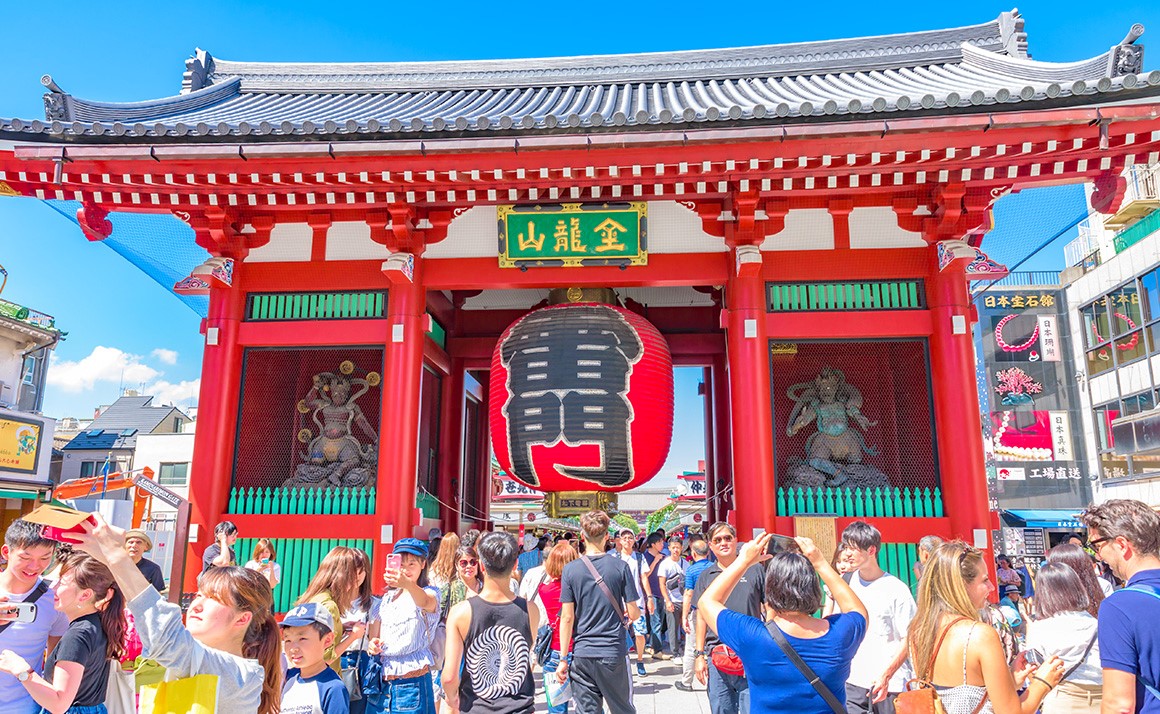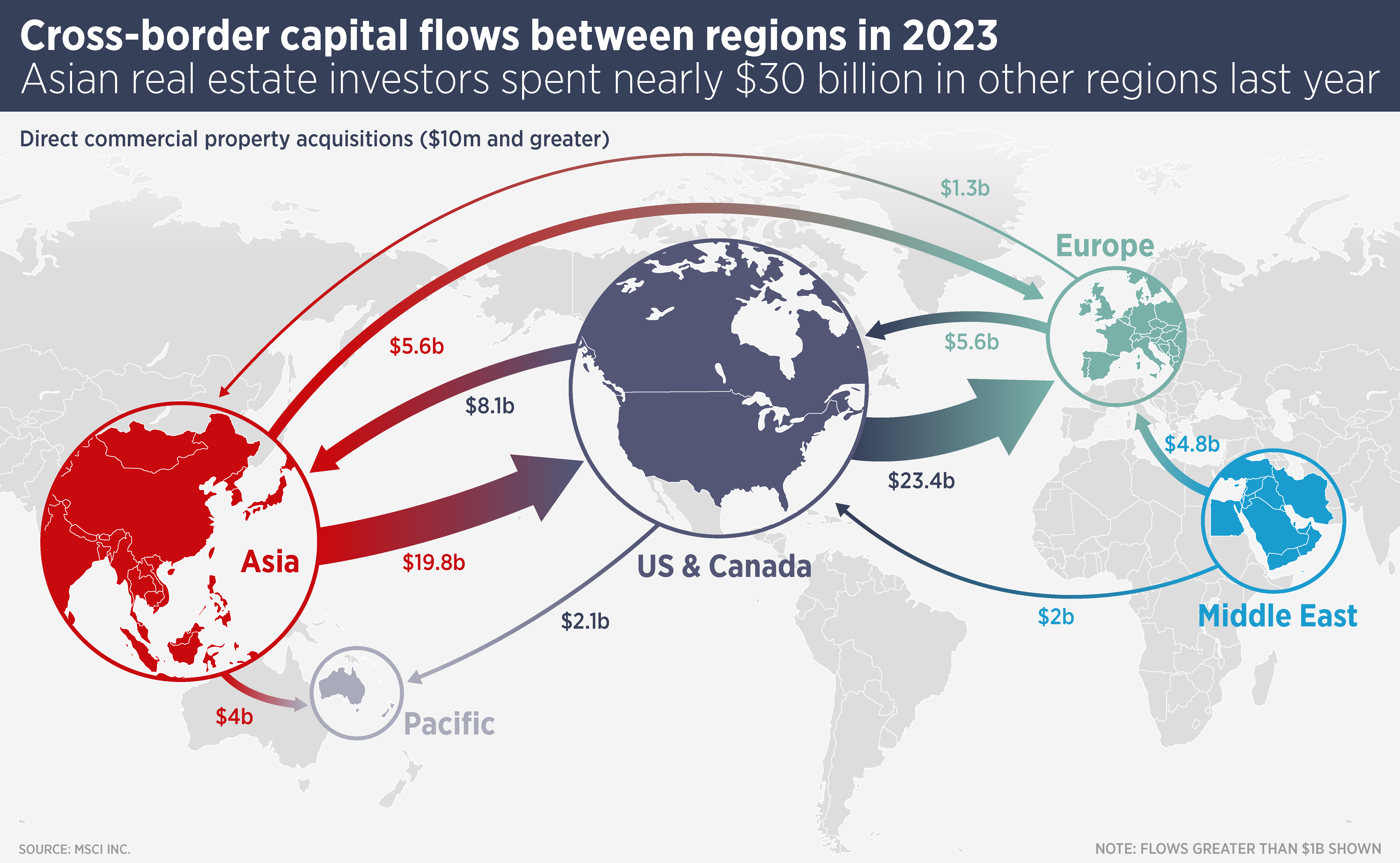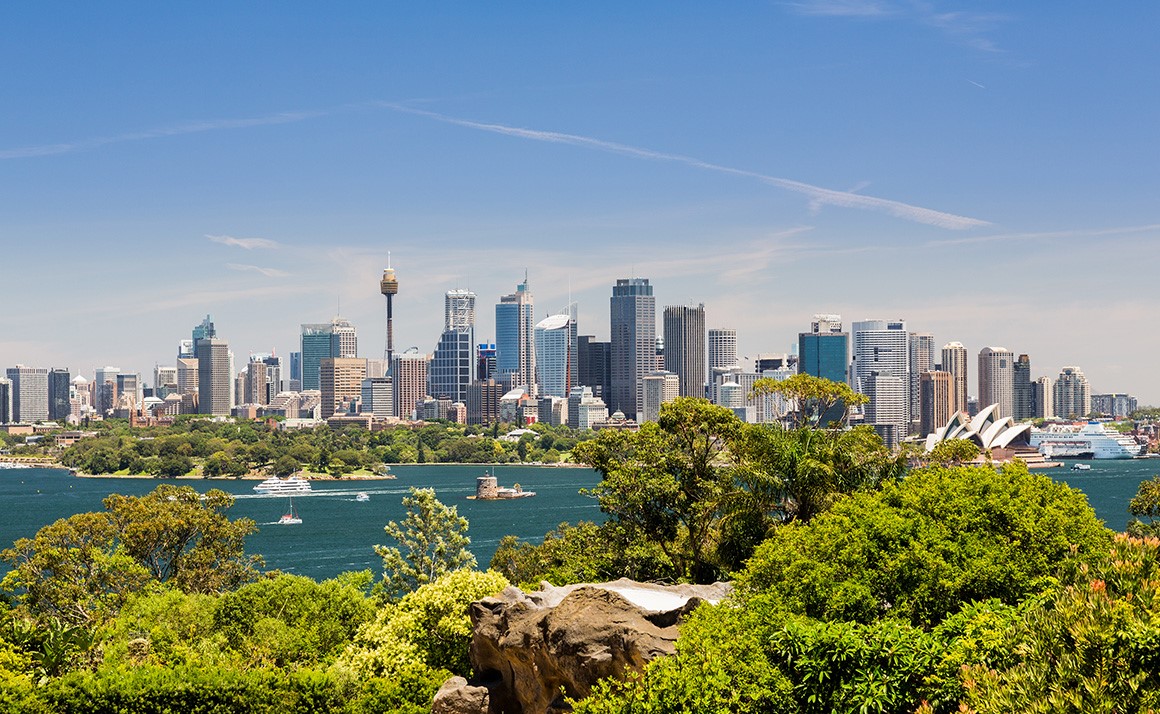
Asia’s tourism on the brink of full recovery
Experience the resurgence of Asia Pacific tourism in 2023, promising pre-pandemic level recovery and exciting growth in hospitality and retail investments.
Tourism in Asia Pacific is set to recover to pre-pandemic levels this year, boosting investment in hospitality real estate and retail.
Asia Pacific was hit hard by the COVID-19 pandemic, with 2021 international arrivals in the region only 7% of the level seen in 2019, according to UN Tourism. Last year, this recovered to 65%, compared with the average global figure of 88%.
The biggest missing piece across the region was the absence of Chinese tourists. Outbound tourism numbers from China were down 58% from 2019 levels, according to Oxford Economics. However, it predicts numbers will nearly double this year, still leaving the number of Chinese tourists down 22% on 2019, before returning to growth in 2025.
Nonetheless, the recovery of tourism around the region has been a boon for many nations and has also benefitted real estate. Simon Smith, Head of Research & Consultancy, Asia Pacific at Savills, says: “Investors have been acquiring hotels in order to gain exposure to recovering tourism and some markets have also seen an improvement in the outlook for retail real estate.
“The region still has some way to go to full recovery, which means investors still have an opportunity to buy into future growth.”
Japan has seen the most dramatic recovery in visitor numbers and visitor spending. The number of inbound tourists in the final quarter of last year surpassed the previous peak of Q4 2019. Real estate investors took note and were substantial buyers of Japan hotels last year, as were Japanese real estate investment trusts.
The weak Yen has encouraged tourists to spend more. The average visitor spent more than ¥200,000 (US$1,342) last year, up around a quarter from pre-pandemic levels. Savills data show average daily room rates for limited service hotels exceeded pre-pandemic levels last year, even though occupancy remained slightly below previous levels.
Japan is working to upgrade its tourism offering and the most significant development is the ¥1.3 trillion (US8.72 billion) integrated hotel and casino resort being built in Osaka by MGM Resorts and domestic group Orix Corp.
High-end tourists are relatively underserved in Japan and this sector could see substantial growth, through upmarket hotels, ryokan (traditional Japanese inns) and ski resorts. The return of tourists is already boosting high-end retail: luxury watch brands Rolex and Grand Seiko both opened new stores in Tokyo last year.
Tetsuya Kaneko, Head of Research & Consultancy at Savills Japan, says: “We anticipate expansion in the demand for high-end experiences globally and Japan is well-positioned to capture much of this demand.”
Visitor numbers in Southeast Asia were still well down on pre-pandemic levels, however room rates are improving. For example, UNWTO data show Vietnam visitors down 30% on 2019, while prime hotel room rates rose more than 40% in both Hanoi and Ho Chi Minh City. Regional favourite Thailand has recovered nearly three-quarters of pre-COVID visitor numbers, while Singapore has recovered 90%.
Smith says: “Destinations in Southeast Asia with a strong international pull can expect to attract attention from regional real estate investors, though opportunities are capped by the limited availability of quality projects.”
Australia visitor numbers in 2023 were still 24% down on 2019 levels, according to Tourism Australia, however room rates continued to rise and hotel investment transaction volumes rose 6.4% from 2022 to A$2.49 billion (US$1.63 billion). Asian investors accounted for more than a quarter of hotel investment, with the vast majority of the capital coming from Singapore.
Hong Kong received 34 million visitors in 2023, still well down on the previous peak of 65.15 million in 2018. There has been investor interest in hotels, which accounted for more than a fifth of transactions in both 2022 and 2023.
A notable recent trend has been rising numbers of Hongkongers taking advantage of easy travel to Shenzhen and the city’s cheaper hotels and nightlife. Overall inbound tourism to China remains subdued however and the government is offering visa-free entry to several nations in an attempt to boost numbers.
Further reading:
High End Tourism Japan
Contact Us:
Tetsuya Kaneko | Simon Smith



